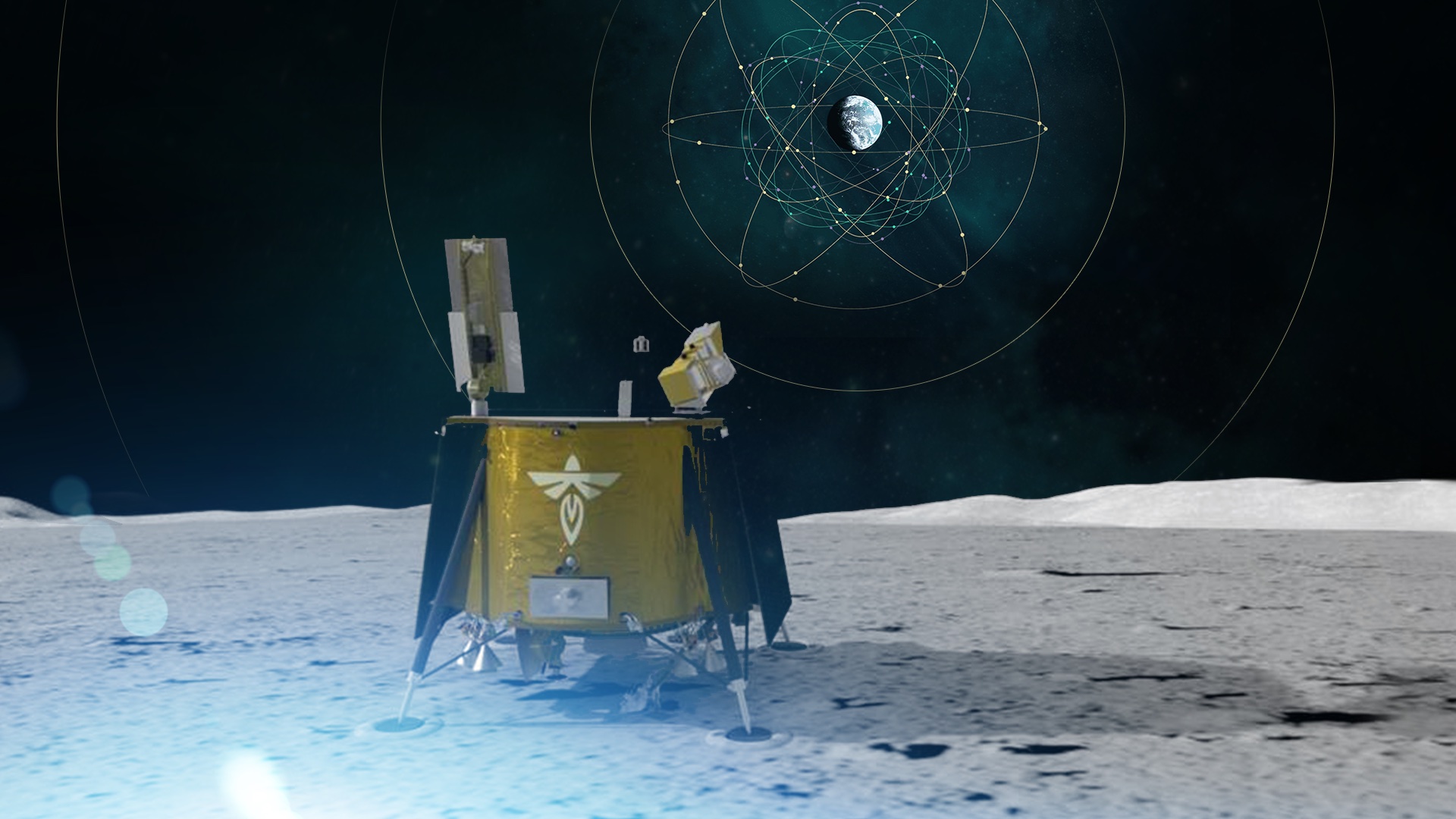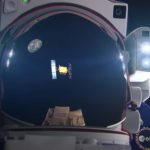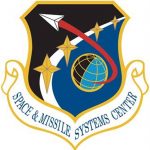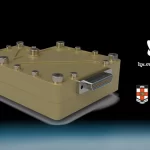The Lunar GNSS Receiver Experiment (LuGRE) will demonstrate GNSS-based spacecraft navigation in transit to the Moon and on the lunar surface. This will open the door to operational use of existing Earth-based GNSS signals for real-time onboard positioning, navigation, and timing (PNT) around the Moon, increasing mission capability while reducing reliance on ground networks for PNT.
The LuGRE payload is a collaboration between NASA’s Goddard Space Flight Center and the Italian Space Agency (ASI). The payload will achieve three primary objectives: a) to receive GNSS signals at the Moon and characterize the signal environment, b) to demonstrate navigation and time estimation using GNSS data collected at the Moon, and c) utilize the collected data to support development of GNSS receivers specific to lunar use.
Funding and oversight for the LuGRE payload comes from the agency’s SCaN Program office. It was chosen by NASA as one of 10 funded research and technology demonstrations for delivery to the lunar surface by Firefly Aerospace Inc, a flight under the agency’s CLPS initiative.
In a NASA release, Joel Parker, policy lead for positioning, navigation, and timing at NASA’s Goddard Space Flight Center said, “This mission is more than a technological milestone. We want to enable more and better missions to the Moon for the benefit of everyone, and we want to do it together with our international partners.”
“A project like LuGRE isn’t about NASA alone,” said NASA Goddard navigation and mission design engineer Lauren Konitzer. “It’s something we’re doing for the benefit of humanity. We’re working to prove that lunar GNSS can work, and we’re sharing our discoveries with the world.”






